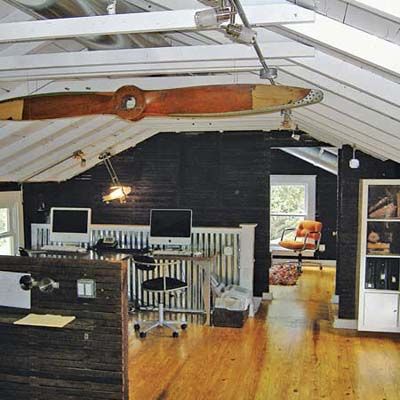Maximizing your home’s potential doesn’t always mean building an addition. Repurposing existing areas can greatly expand your living area without changing the home’s footprint. Underused spaces like attics, basements, garages, or outbuildings can become functional rooms with significant benefits.
In this guide, we’ll showcase 18 creative ways to convert unused spaces to help inspire you to make the most of your property.
1. From Attic to Suite Retreat
Attics offer great potential for creating cozy, functional rooms. In Portland, Oregon, homeowner Alan Koch transformed his 1933 cottage’s 600-square-foot attic into a light-filled office and comfortable master suite.
By expanding the space with a gabled dormer, Koch gained an extra 100 square feet, allowing for a more spacious and airy retreat. The renovation incorporated smart space-saving details like a closet pocket door that keeps the passageway clear.
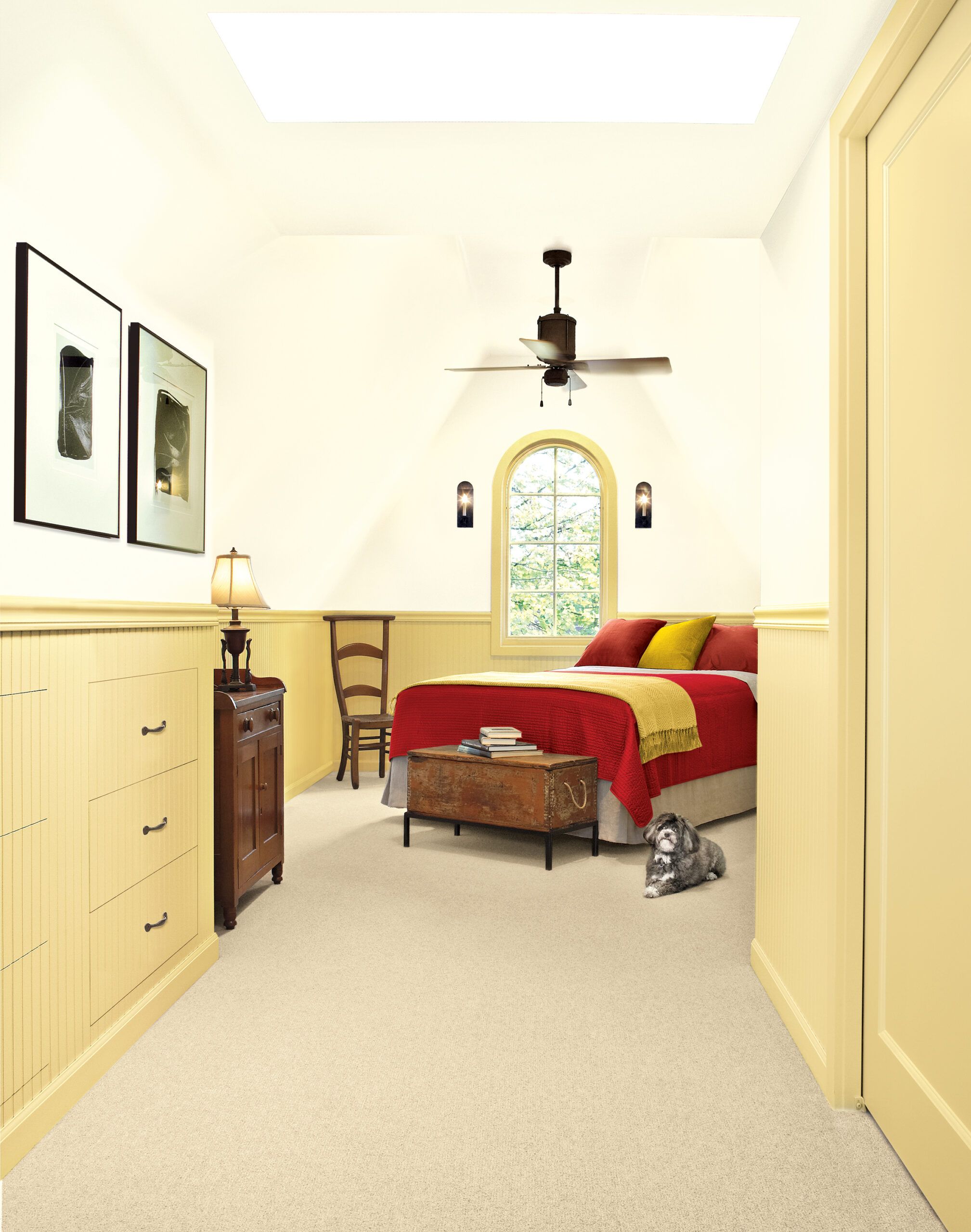
2. The Cold-to-Comfy Basement
Basements often hold untapped potential for additional living space. Elizabeth Willett saw an opportunity in her 1927 Tudor-style house’s walk-out basement, which already featured a fireplace and a small bathroom. Despite the low ceiling, the space wasn’t too cramped, and minimal moisture issues made it an ideal candidate for renovation.
The Willetts transformed their basement into an 830-square-foot multi-functional space, equivalent to a substantial addition without altering the home’s exterior. The renovated area now includes a family retreat, entertainment space, wine cellar, full bathroom, laundry area, food pantry, and a home office..
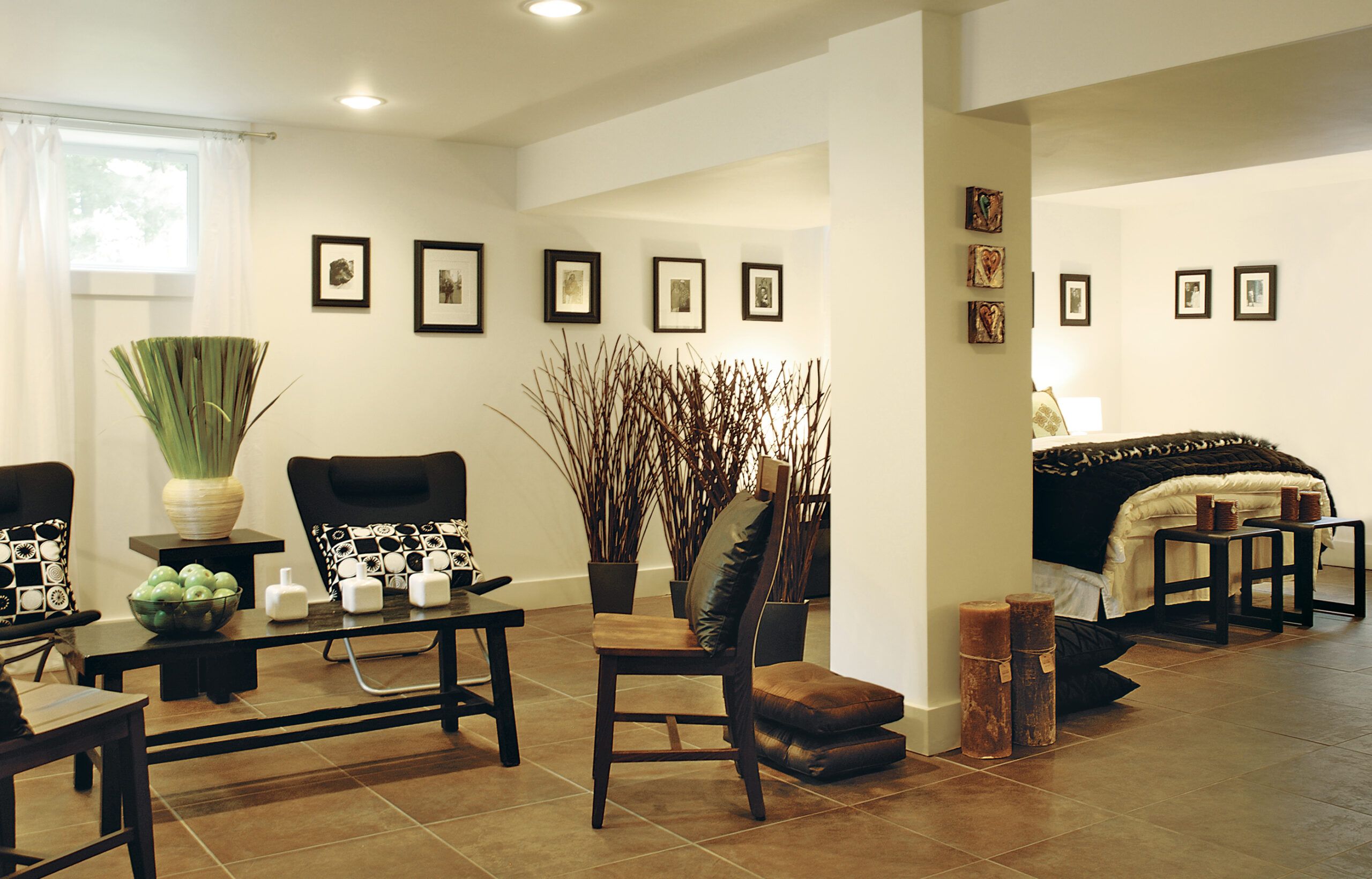
3. A Rustic, Wicker-Filled Porch Living Room
Porches offer an excellent opportunity to create additional living space that seamlessly blends indoor comfort with outdoor charm. Interior designer Tom Fallon exemplified this concept by transforming his New York home’s porch into a full-fledged room. The space showcases a cohesive design achieved through thoughtful choices in furniture and decor.
Fallon anchored the room with vintage wicker and rattan furniture, unified by a coat of hunter-green paint. A natural rug grounds the space, while mirrors and a watercolor hung from the shingles add visual interest. Navy, white, and citrus yellow cushions introduce pops of color, and trim in a pale celery hue draws attention to the 1875 Carpenter Gothic’s distinctive architectural features, including louvered shutters and arched windows. “The look is classic, even a bit quiet, which contrasts with the house’s exuberant architecture,” Fallon says.
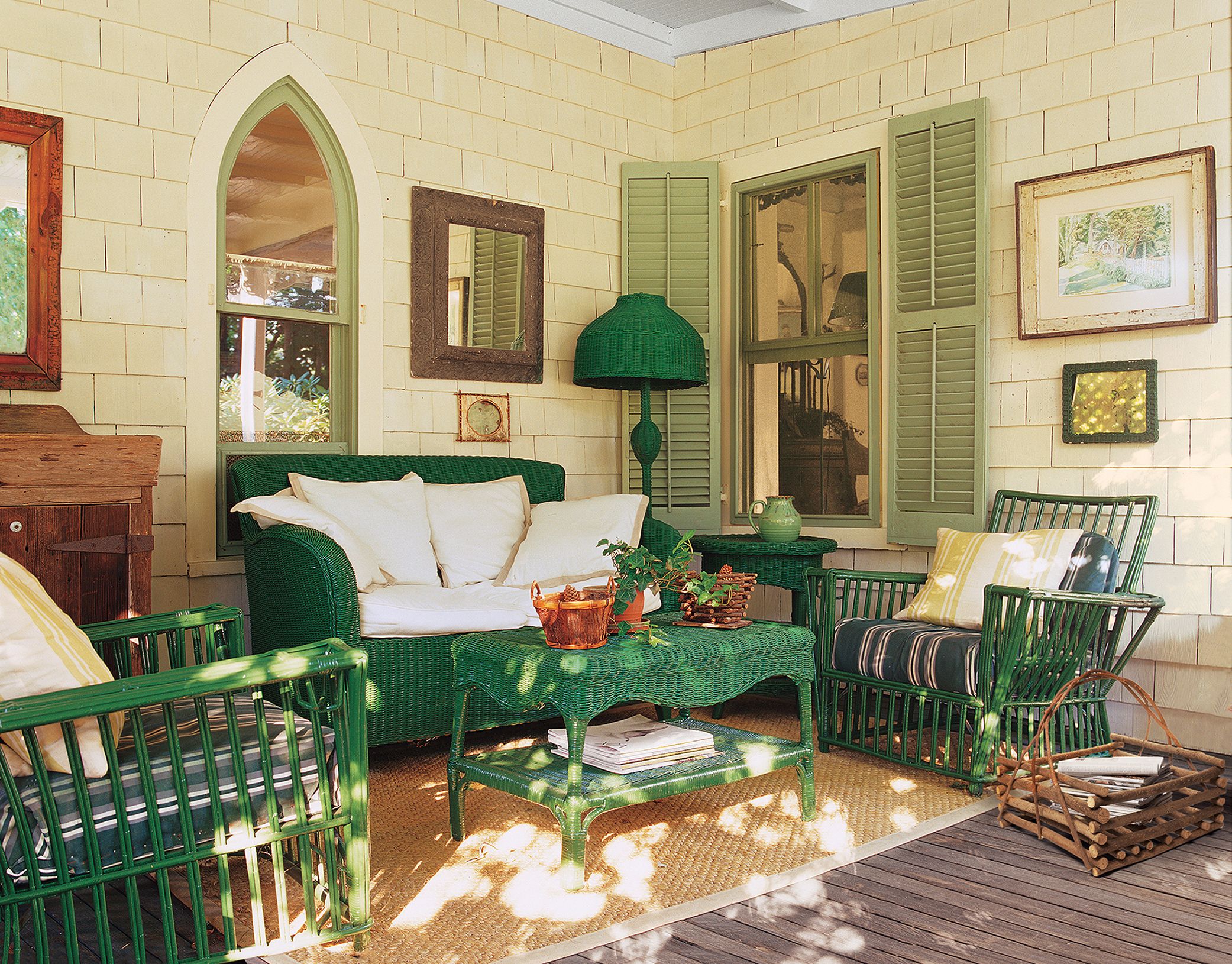
4. Smart Homework Station
Creating a dedicated homework area can help reduce clutter and provide a focused environment for children to study. These homeowners addressed the issue of four children and their backpacks cluttering the kitchen after school by designing a secluded and studious atmosphere for schoolwork.
The smart homework station features upper cabinets that serve a dual purpose: storing school and art supplies while concealing basement ductwork. This clever design provides a functional space for children to complete their assignments and helps maintain a tidy and organized home environment.
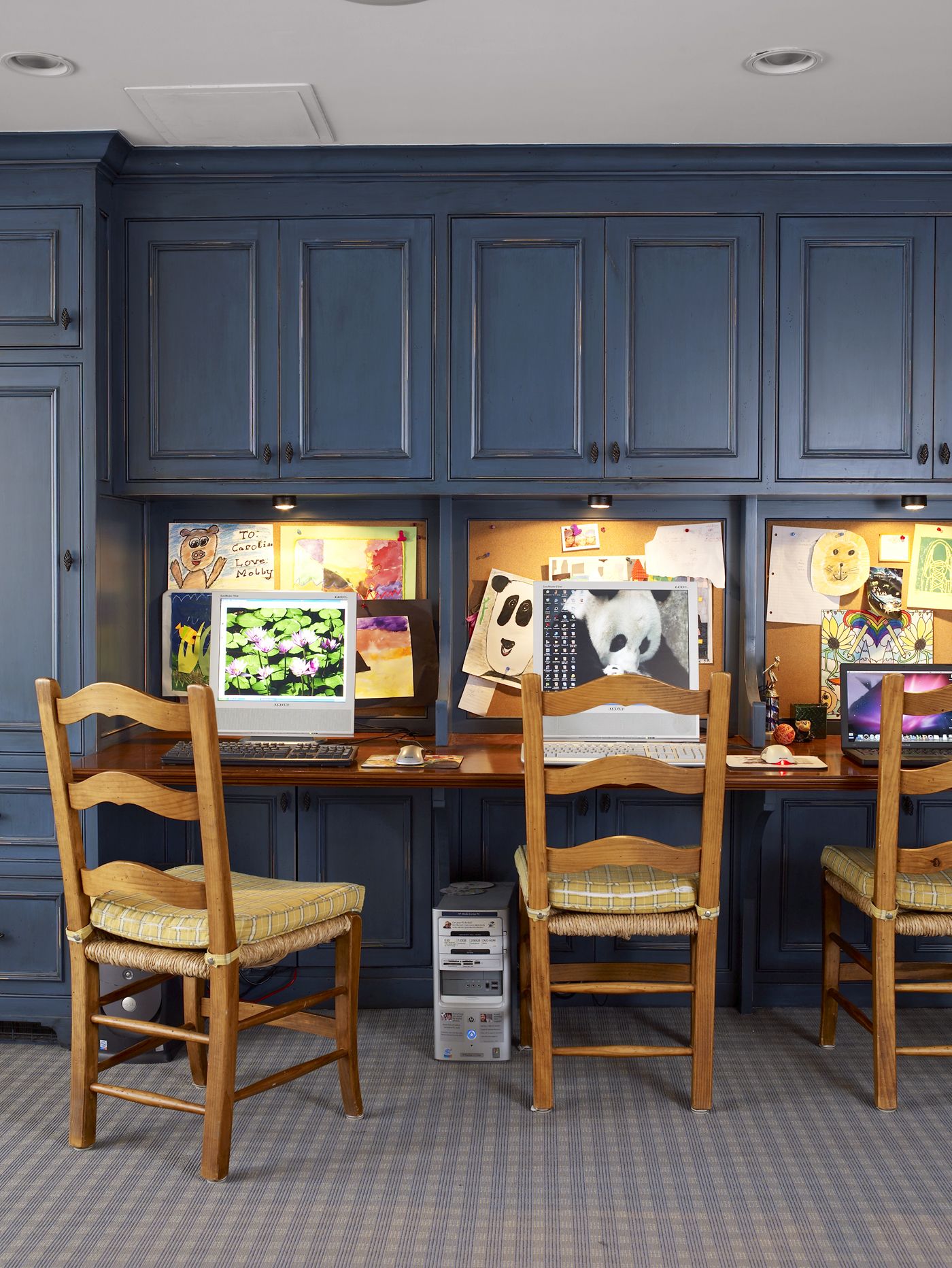
5. An Attic Turned Ultimate Kids’ Bedroom Suite
Transforming an attic into a children’s bedroom suite can create a magical space that sparks imagination and provides a cozy retreat. Architect Darren Helgesen captured this spirit in his attic renovation of a century-old house in East Hampton, New York. The project turned a dark, sloped-ceilinged space into a shipshape two-bedroom suite, incorporating elements that appeal to children’s sense of adventure.
“It was always their favorite place,” homeowner Cory Laverack says, recalling how their four kids would hide out upstairs with friends every chance they got. “And now it’s the ultimate sleepover space.”
Helgesen used warm finishes and smart details to maximize the space’s potential. Snug built-ins with below-bed storage offer practical solutions for keeping the room tidy. Roof windows and plenty of glossy beadboard opened up the attic, making it feel more spacious and bright.
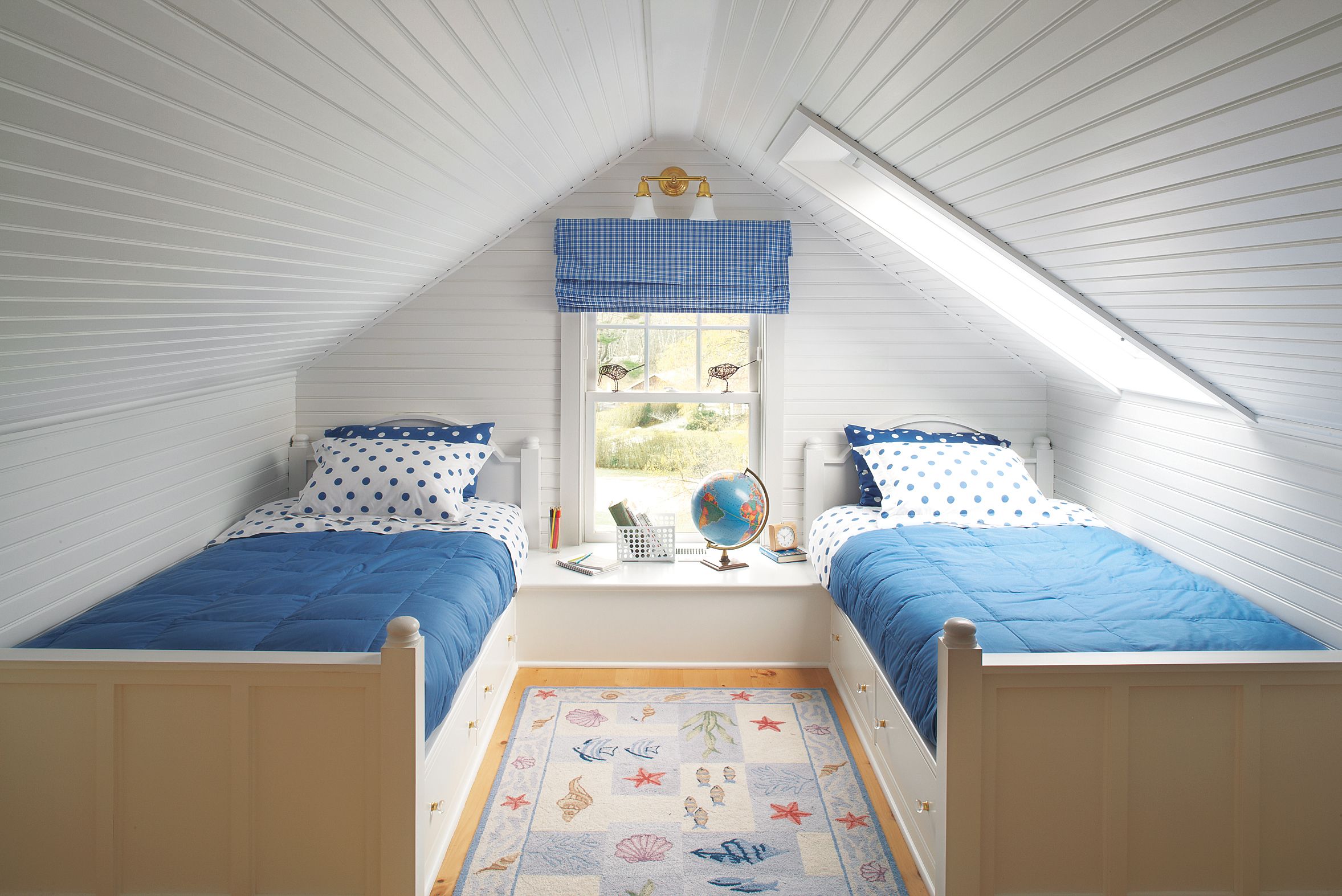
6. From Outbuilding to Backyard Hangout
Outbuildings like sheds can be transformed into delightful backyard retreats with a little creativity and effort. The Boughton family in Brooklyn, Mississippi, inherited a neglected 12-by-12-foot shed when they moved into their home. Rather than demolishing it, they saw its potential as a focal point for their side garden.
They added a porch with a reverse gable roof to elevate the structure and installed salvaged cottage windows. The finishing touch was a split cedar shake roof, which lends the building a charming, rustic appeal.
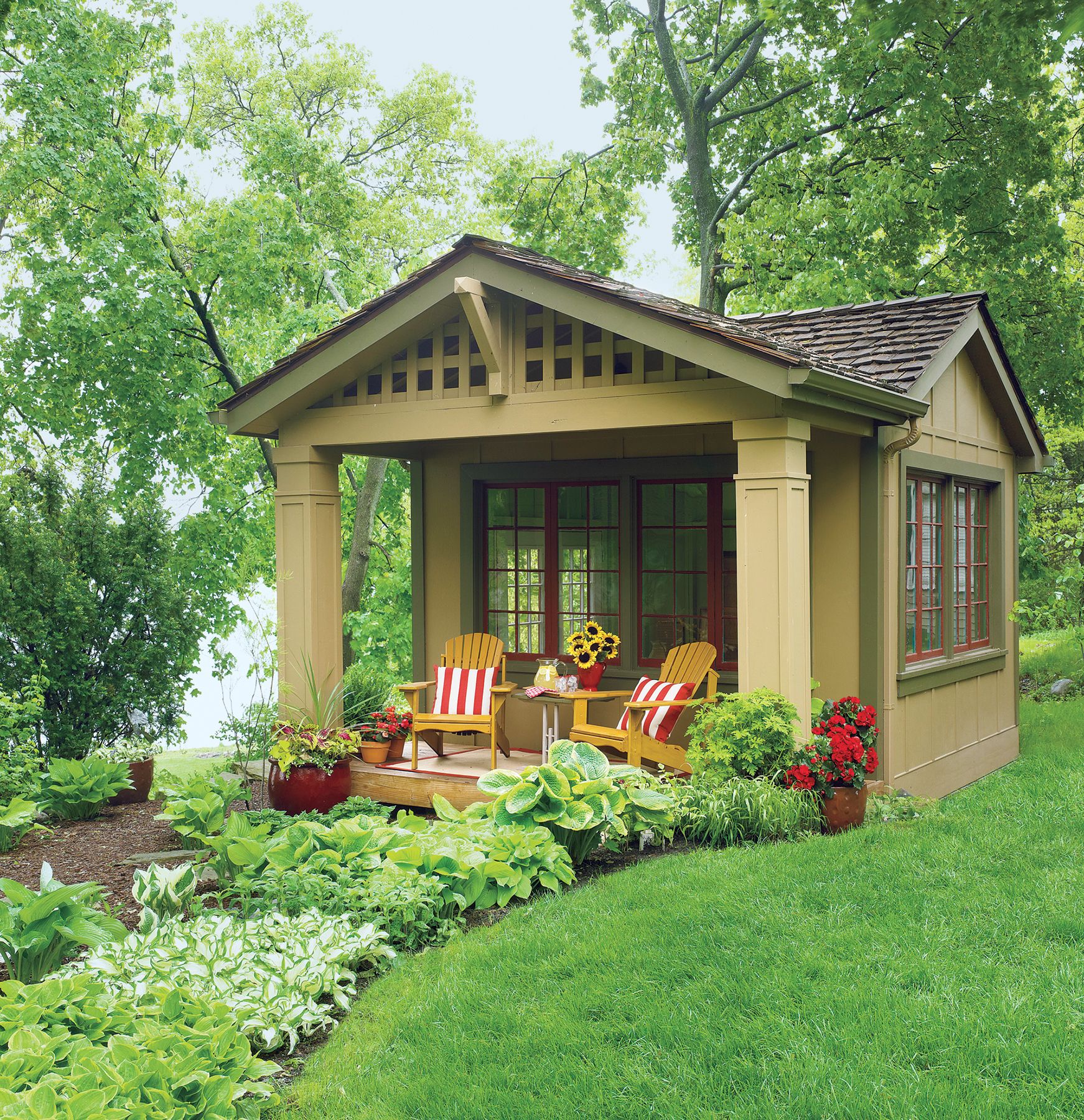
7. From Blah Basement to Magical Movie Theater
Cathy and Bob Cerone’s 1912 Wilmette, Illinois, home underwent a transformation that turned their damp basement into a state-of-the-art media and game room. As part of a larger renovation to accommodate visits from their four adult children, the design-build team saw untapped potential in the underutilized basement space.
The renovation involved digging out the foundation for an addition and removing part of the wall between the old and new below-grade spaces. This expansion added 915 square feet of living area and solved moisture issues with perimeter drains and sump pumps. The new basement now boasts a 9-foot ceiling, a projection screen TV, and a pool table, creating the perfect space for family gatherings and entertainment. “When those Chicago Bears are on—holy cow—the whole family’s here,” Cathy Cerone says.
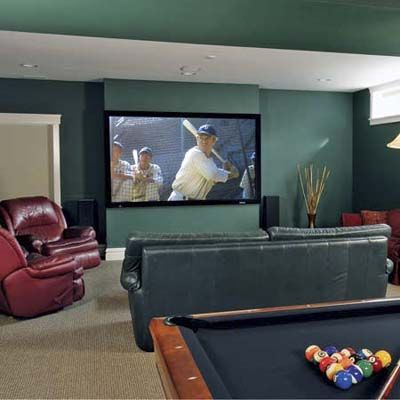
8. Smart Solution for a Small-Space Home
Renovating a small space requires careful planning and creative solutions. Matthew and Darci Haney faced this challenge while renovating the three-room upstairs space in their Carlton, Oregon, cottage. Their approach focused on maximizing every inch of available space while adhering to safety standards and creating a functional, comfortable living area.
The Haneys installed new windows that meet fire code requirements, ensuring safety and improving natural light. They incorporated built-in furniture, cabinets, and open shelves to optimize storage and create a sense of spaciousness. The addition of a new bathroom further enhanced the area’s functionality.
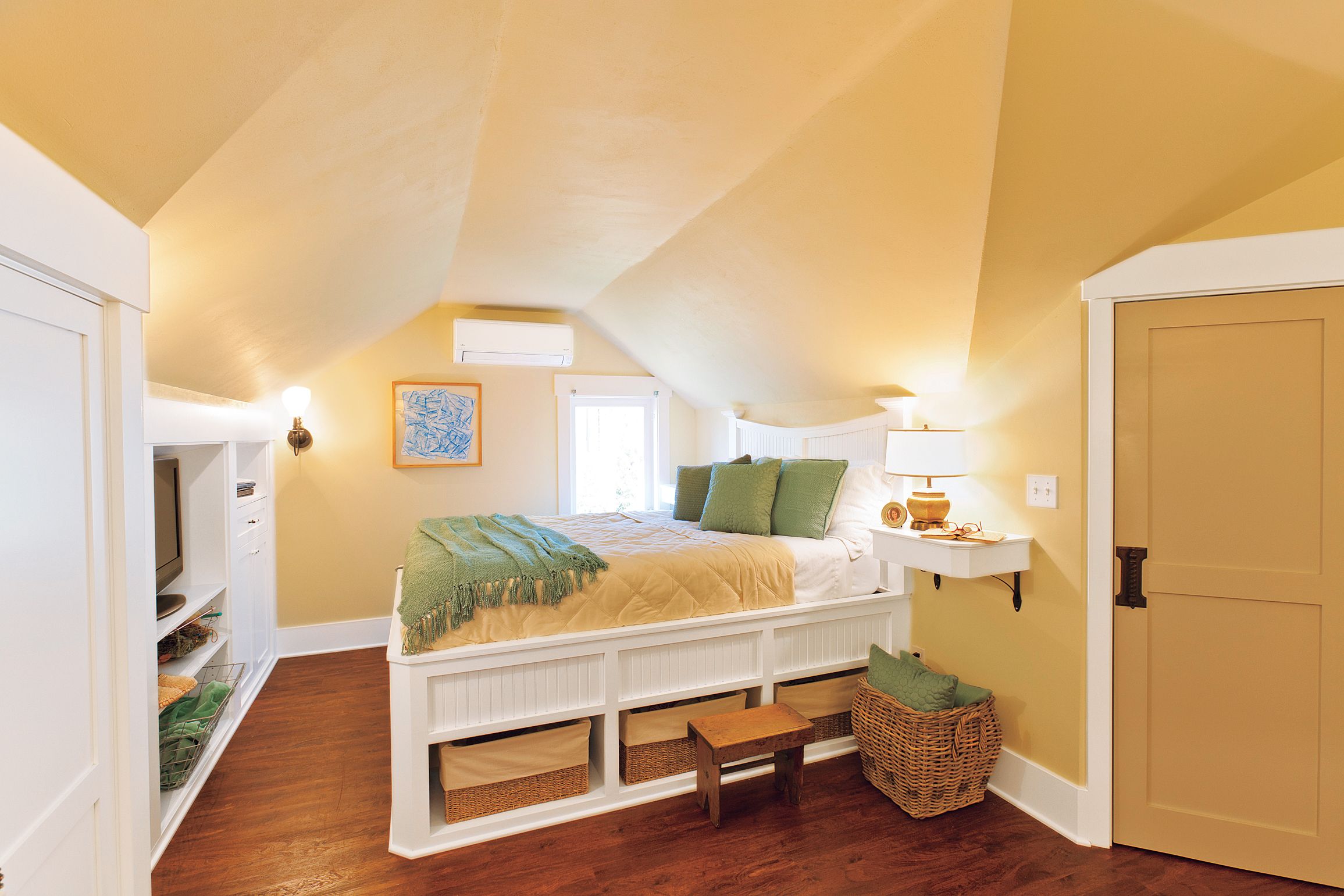
9. From Garage to Comfy Rec Room
Converting a garage into a recreational room can significantly expand a home’s living space. For one Southern California family, a plan for a casual playroom evolved into a well-appointed media room catering to children and adults. “When we started, we wanted a place for the kids to play their Wii Sports, which takes a lot of room,” says the homeowner, and the seldom-used outbuilding near the pool offered a solution.
The renovation involved replacing overhead doors with carriage-style units and building a removable wall for future conversion back to a garage if desired. The space was fully finished with a new ceiling, insulated walls and subfloor, custom built-ins, a beverage fridge, and wiring for media equipment.
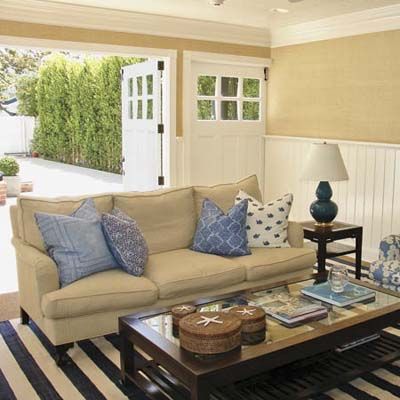
10. Bug-Free Backyard Solitude
Creating a bug-free outdoor living space can significantly enhance the enjoyment of your backyard. Karl Jungbluth in Boone, Iowa, designed a 12-by-6-foot screened-in room that offers a perfect solution for outdoor relaxation without the nuisance of insects.
Jungbluth used standard lengths of lumber to minimize waste and chose materials that would withstand outdoor conditions. The flooring inside consists of low-maintenance composite decking, while the structure is built with pressure-treated lumber. A metal roof adds longevity to the structure. The green and barn red stain protects the wood and adds a charming aesthetic to the backyard retreat.
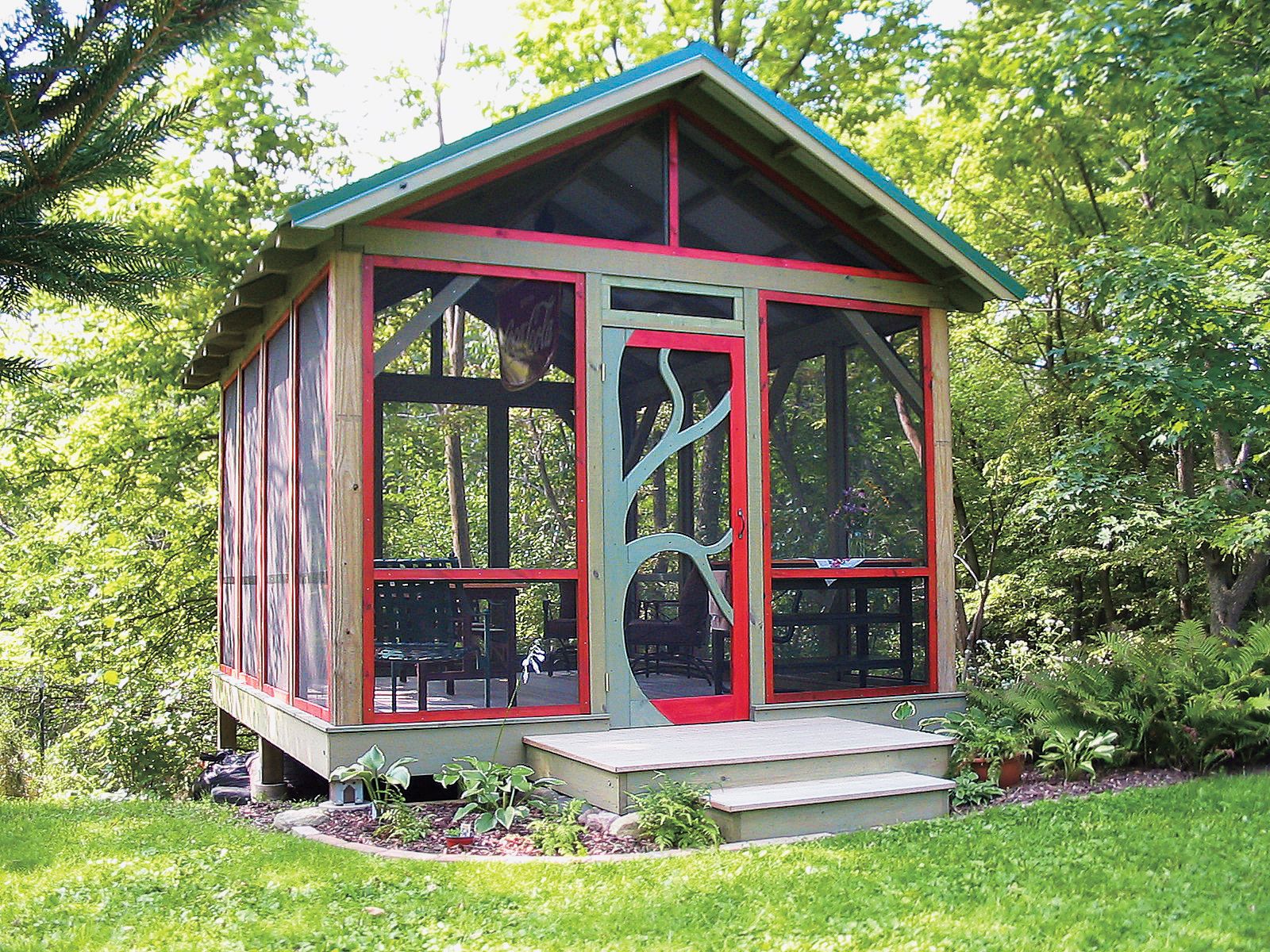
11. Adding On Above the Garage
Building above an existing structure can be an excellent solution when faced with space constraints and strict local zoning laws. “We love our house’s location, but it was tight on space,” says Geoff Allen of the 1925 seaside Cape Cod in Barrington, Rhode Island, that he shares with wife Michelle Forcier and their young daughter. Despite loving their house’s location, their 1,600-square-foot, two-bedroom 1925 seaside Cape Cod home didn’t offer enough space.
The couple’s wish list included an extra bedroom and bath upstairs. Given the limited options for expansion, their architect proposed an addition above the attached, unheated garage. This clever solution allowed the family to gain the needed space without altering the home’s footprint or violating local zoning restrictions.
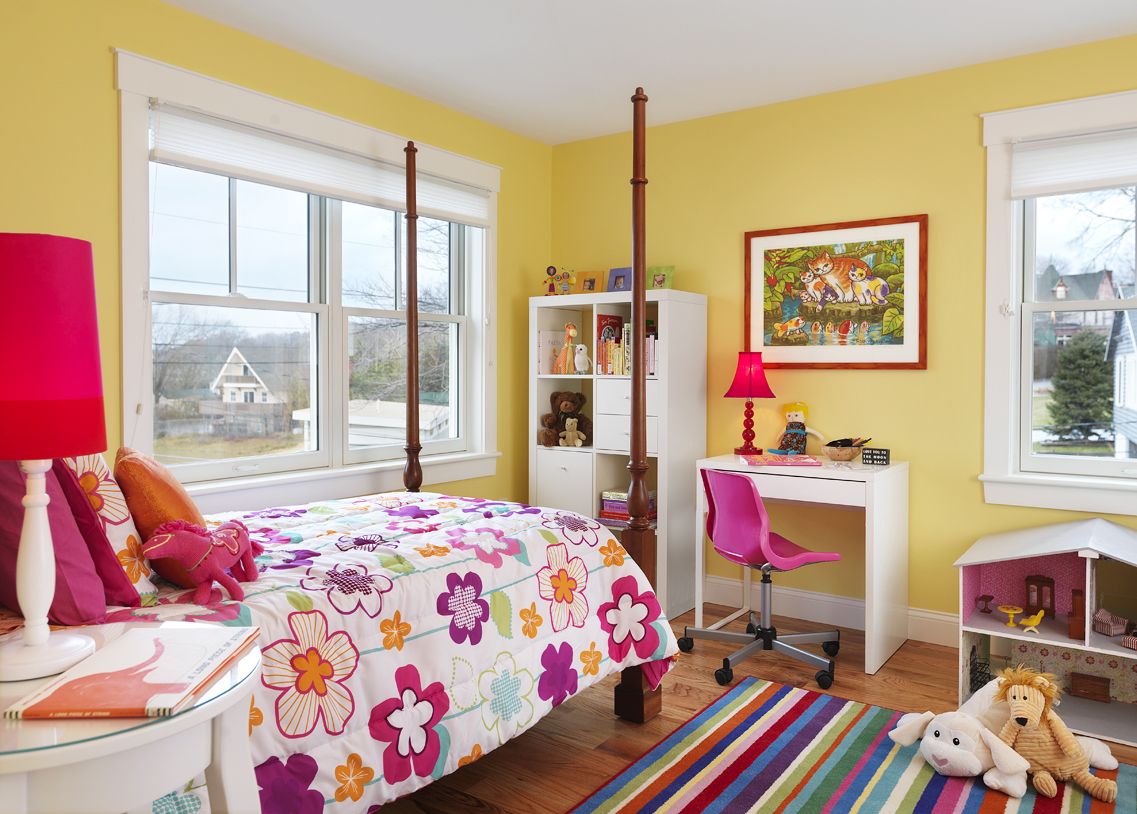
12. From Attic to Master Bedroom
Claudia and Felipe Menanteau of Piscataway, New Jersey, faced a common dilemma in their small 1950s ranch: They needed a master suite, but had limited space on the first floor. With the ground level already occupied by essential rooms, they looked to the attic for a solution.
The couple transformed their attic into a bright, open master suite. To enhance the sense of space, they included a half-wall enclosing the staircase. New skylights were added to flood the room with natural light. Built-in storage solutions were installed to keep the space clean and functional. They also refinished the floors to add warmth.
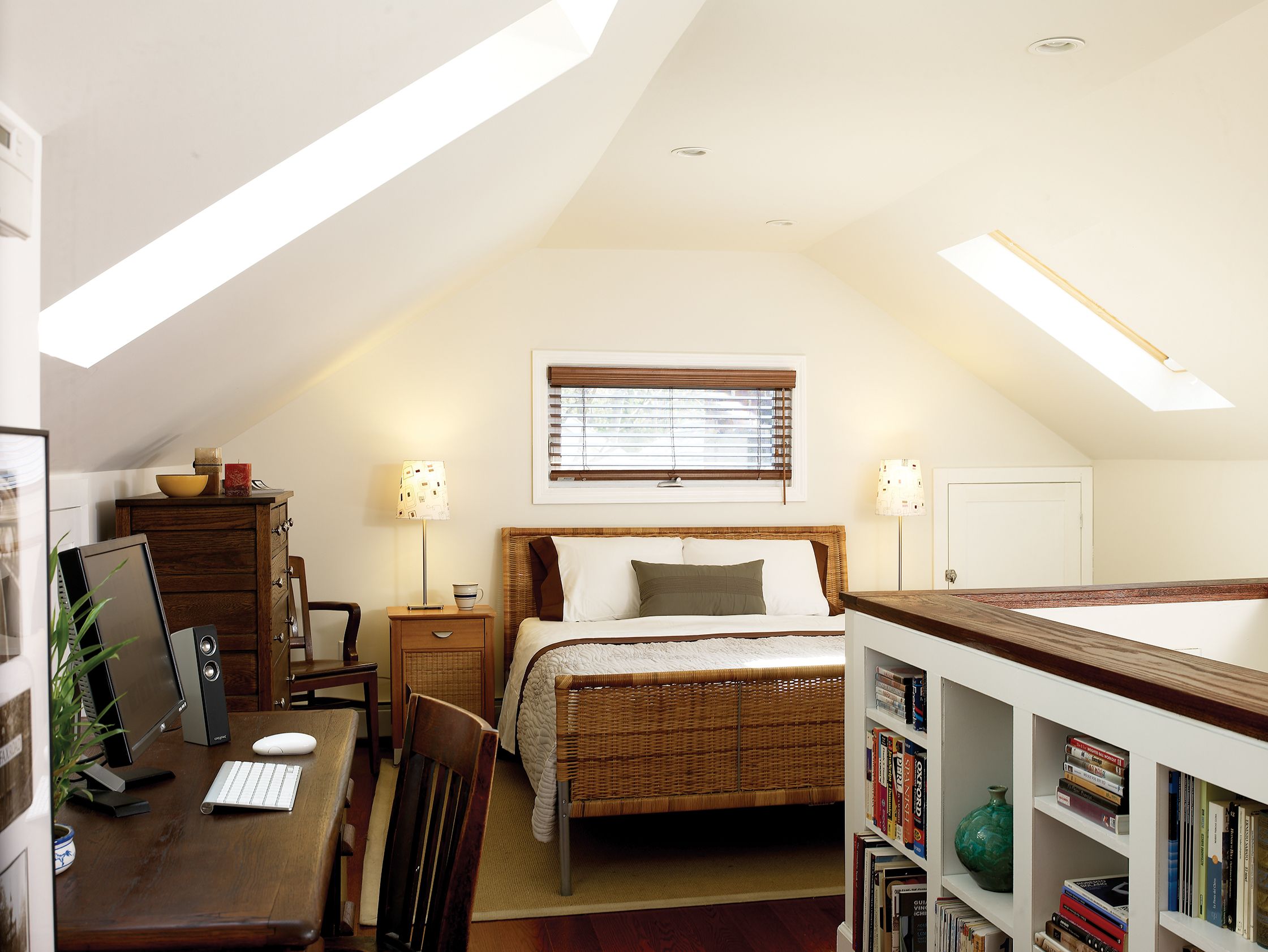
13. From Unused Space to a Home Office Full of Smart Storage
Married neuroscientists Vivek Unni and Tamily Weissman-Unni, owners of an 1870s house in Cambridge, Massachusetts, started out with a new baby and a simple goal. “We needed a first-floor bathroom with a changing table,” says Tamily Weissman-Unni. But they were also saddled with a dark front entry next to a front room that served as an ad hoc mudroom, and a “treacherous” narrow staircase.
Working with their general contractor, they reimagined the entire attic. The renovation resulted in a light-filled room that feels larger than its dimensions. Key features include a desk niche that maximizes natural light and recessed ceiling fixtures for added illumination. Fold-back window shutters enhance the sense of openness. Pale flooring brightens the space, while clear sight lines improve flow and perceived spaciousness.
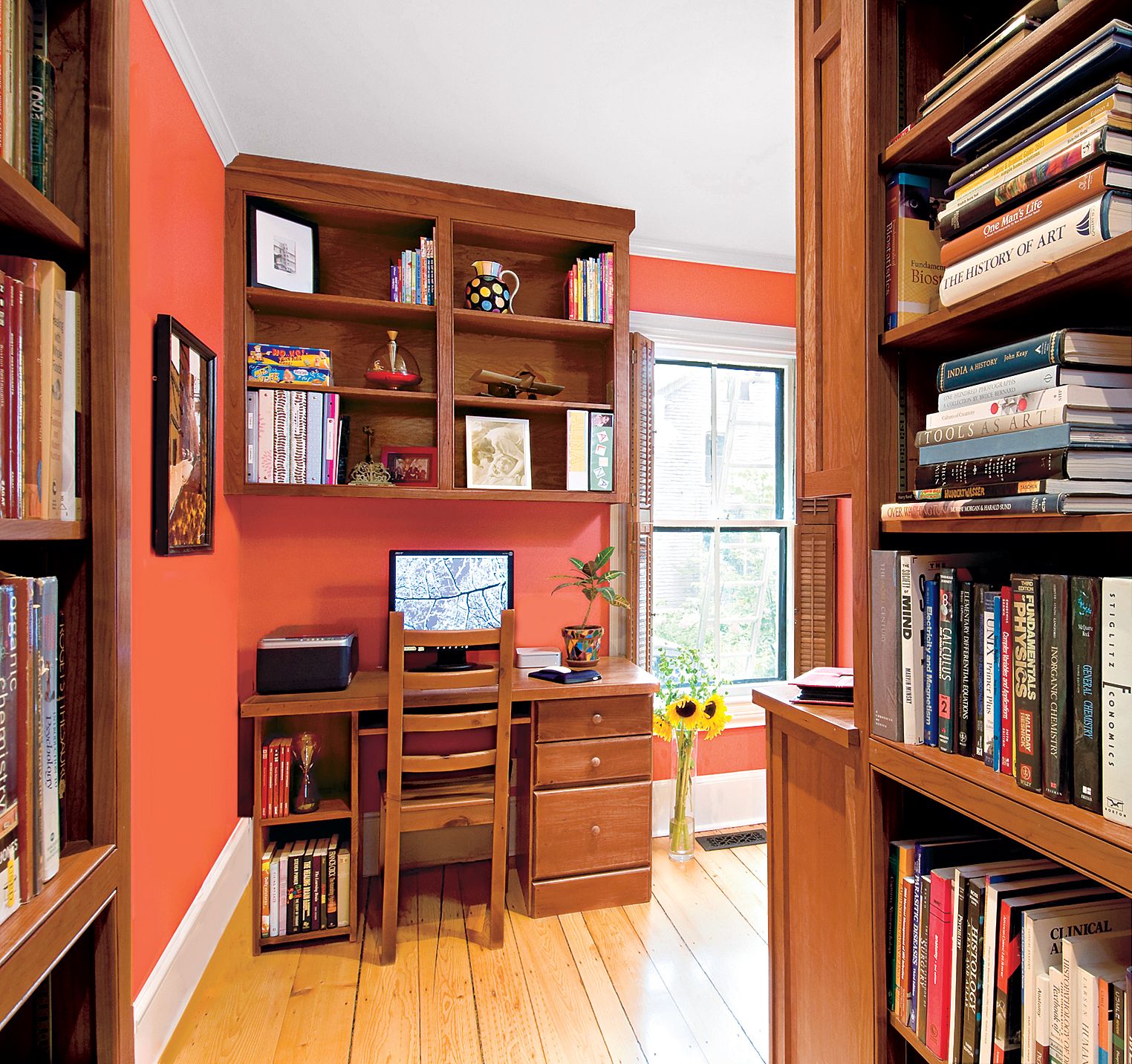
14. A Charming Outdoor Living Room
Creating an outdoor living room can significantly extend your home’s usable space and provide a unique area for relaxation and entertainment. Garden designer Susanne Hudson’s Douglasville, Georgia, deck exemplifies how to transform an outdoor area into a cozy, inviting room.
Hudson used repurposed church windows to enclose her 16-by-16-foot deck, giving it the elegant air of a glass-lined conservatory. She found these 11-foot-tall windows at a flea market for $90 each, demonstrating how creative upcycling can lead to stunning design features.
The furnishings were chosen to complement the vintage feel of the space. Painted metal porch gliders and spring chairs from the 1940s provide comfortable seating, while an iron candle stand and armillary sundial add charming decorative touches. “Green, brown, and white, the natural colors of patina in a garden, are a built-in color scheme,” Hudson says. Blue hydrangeas and rose pillows provide pops of color to brighten the space.
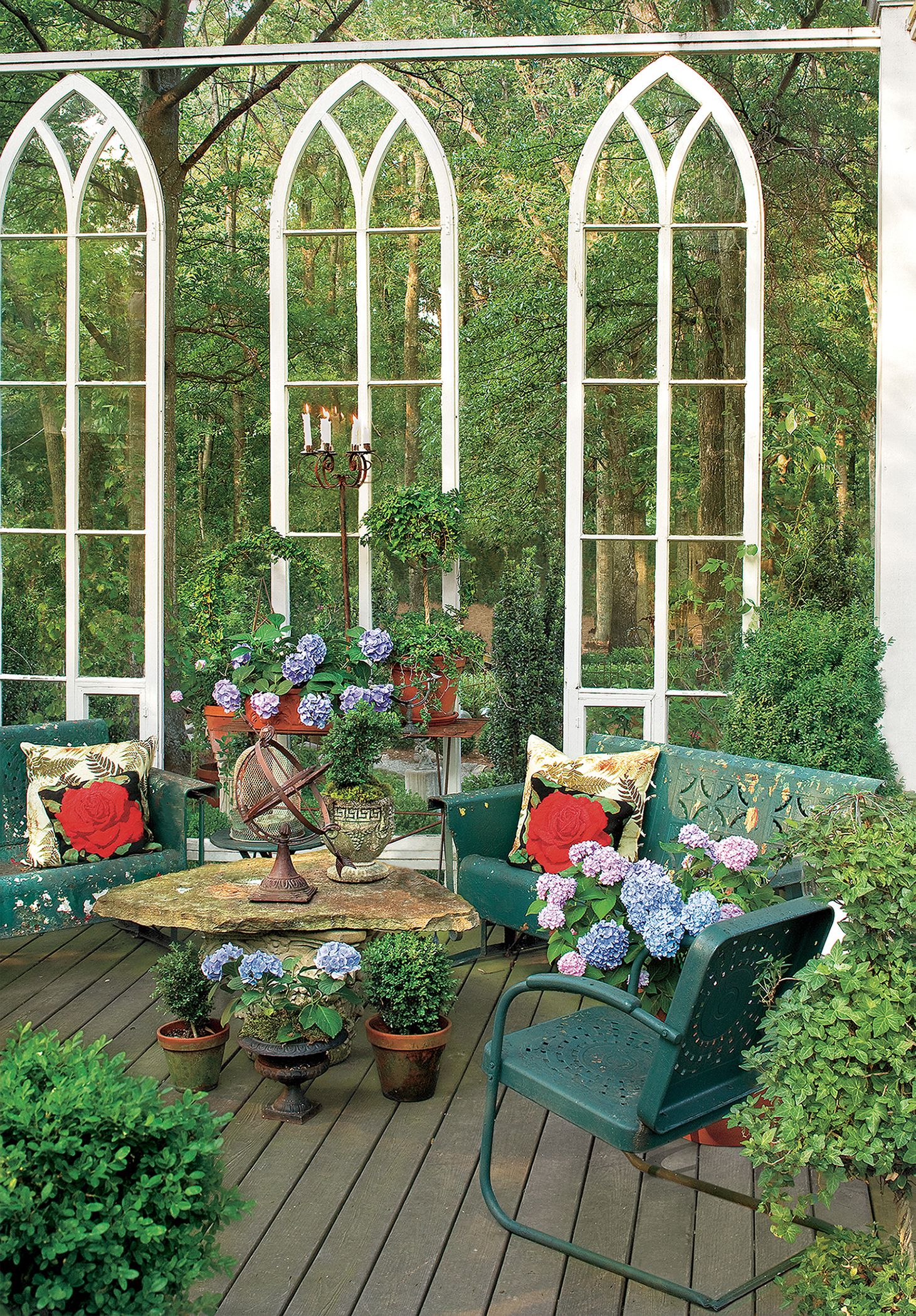
15. From Raw Basement to Family Room
Transforming a raw basement into a functional family room can significantly increase a home’s livable space and provide a cozy area for relaxation and entertainment. This project involves careful planning to address common basement issues such as moisture control, adequate lighting, and creating a warm, inviting atmosphere.
Key considerations for a successful basement-to-family room conversion include:
- Choosing durable, moisture-resistant flooring options
- Creating distinct zones for various activities (e.g., TV watching, reading, games)
- Ensuring adequate heating and ventilation
- Incorporating built-in storage to maximize space efficiency
- Installing proper insulation and moisture barriers
- Maximizing natural light where possible and supplementing with well-planned artificial lighting
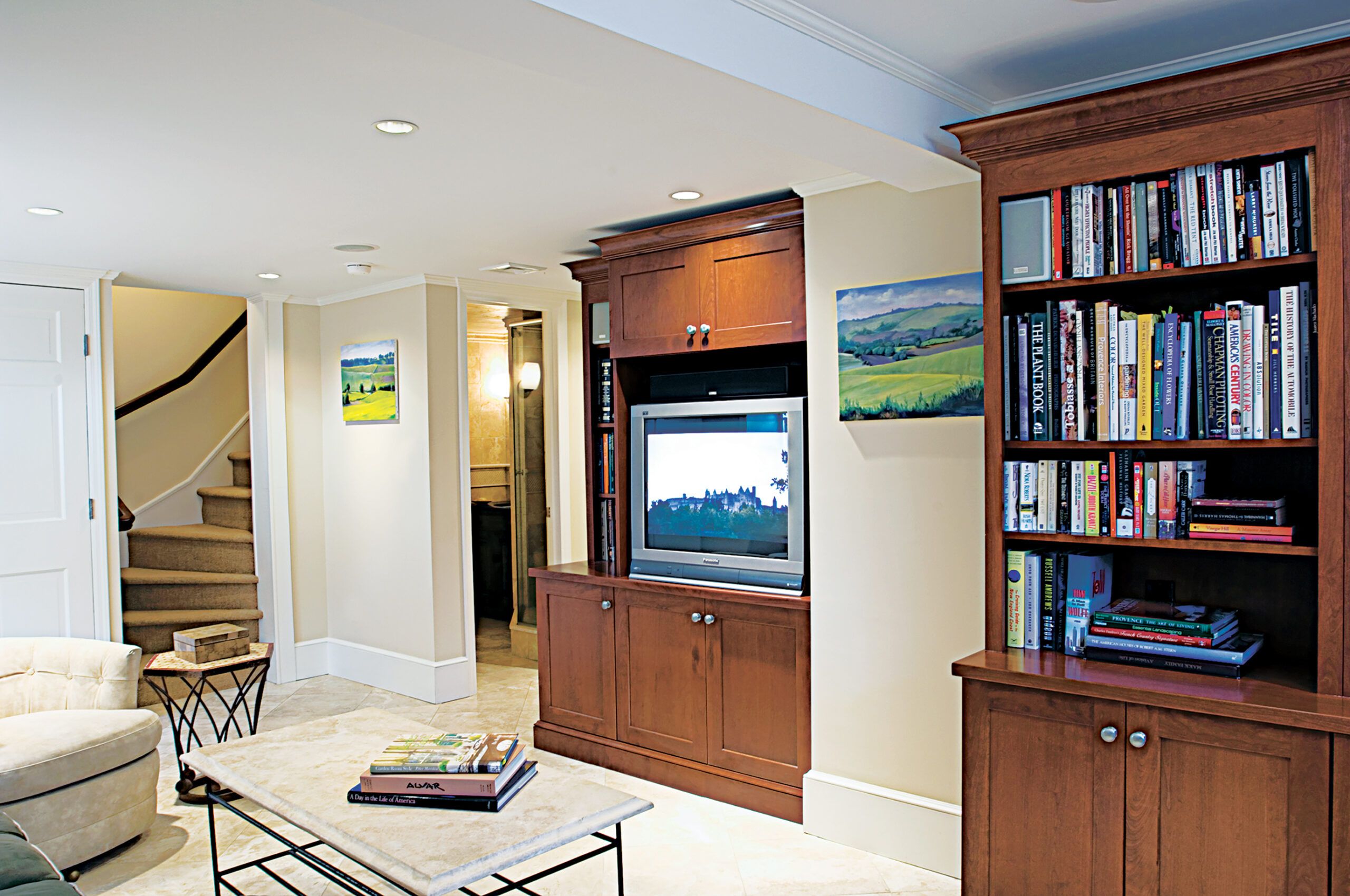
16. A Bright Attic Suite On a Budget
Samantha and Bryan Langdeau of Waterbury, Connecticut, faced the challenge of maximizing space in their 1,200-square-foot Cape. They decided to convert their second-floor finished attic into a master suite, reserving the two bedrooms on the first floor for guests.
Working nights and weekends for about two months, the couple gutted much of the space, tore out closet walls to open up the area, and added insulation throughout for improved comfort and energy efficiency. Their DIY approach allowed them to create a bright, comfortable master suite while staying within budget.
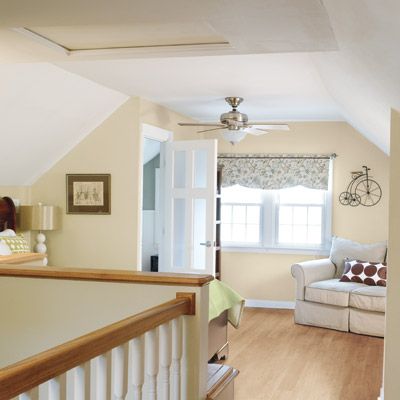
17. An Unfinished Basement Gets a Masculine Makeover
Transforming an unfinished basement into a stylish, functional space can significantly increase a home’s usable area. A masculine makeover turns the basement into a perfect retreat for relaxation, entertainment, or hobbies.
Key elements include rich, dark color palettes that create a cozy atmosphere. Durable flooring options, such as polished concrete or luxury vinyl planks, are essential. Comfortable seating arrangements provide space for lounging and socializing. A well-stocked bar area adds to the entertainment value. Dedicated spaces for hobbies or sports viewing make the room versatile.
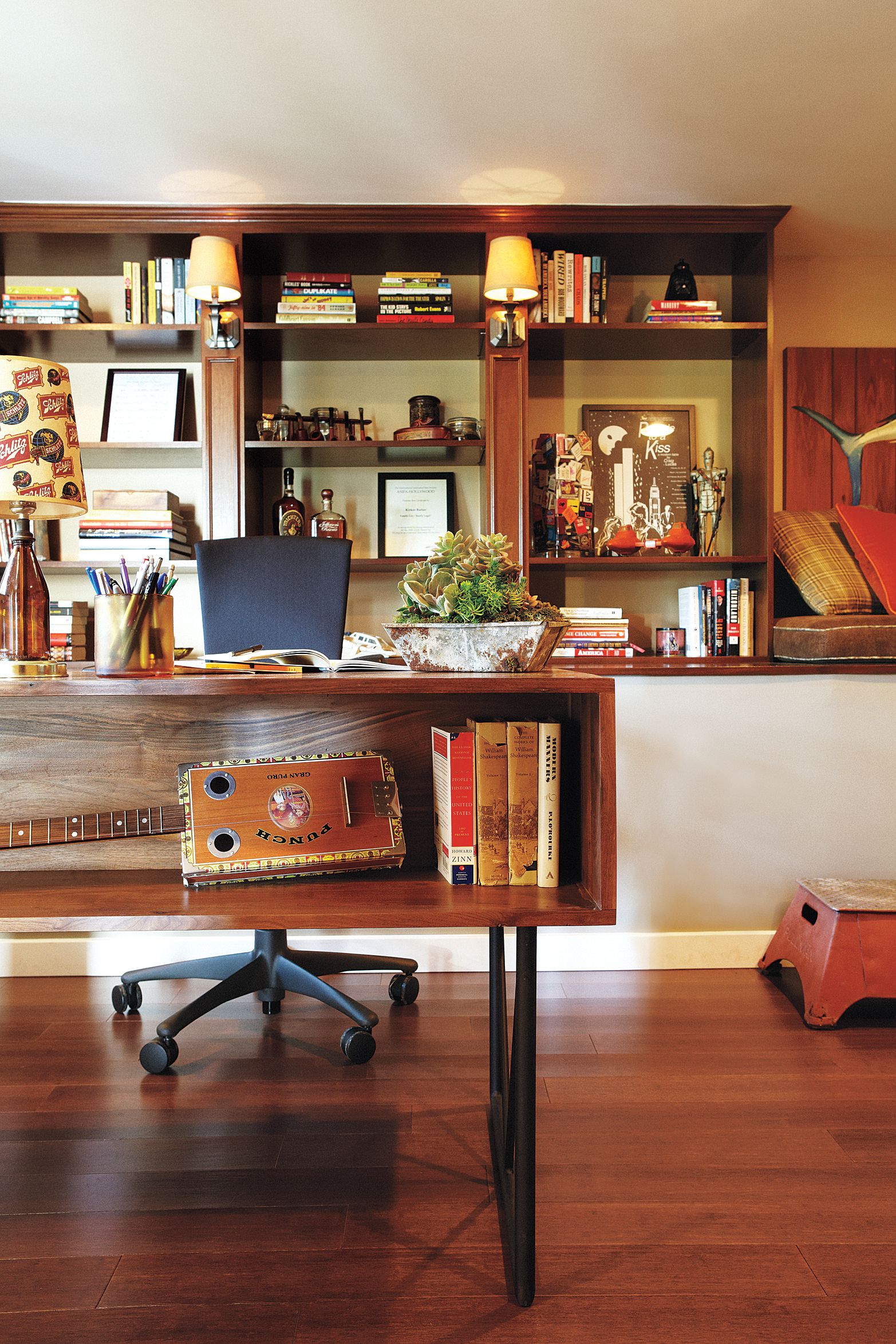
18. Lofty Attic Office Redo
Attics often serve as storage rooms for old belongings and seasonal decor, but their potential extends well beyond that. Larry Jones transformed his dust-ridden attic in Albany, New York, into a serene and functional office. This project optimized the use of space and created a dedicated area for work that blends seamlessly with the home’s character.
Jones’s new office boasts several thoughtful features. Skylights provide ample natural light, brightening the workspace throughout the day. Built-in bookshelves ensure that essentials are always within reach, enhancing the office’s functionality. A cozy reading nook takes advantage of the attic’s unique architecture, offering a perfect spot for relaxation. Additionally, smartly concealed storage keeps the environment clutter-free.
